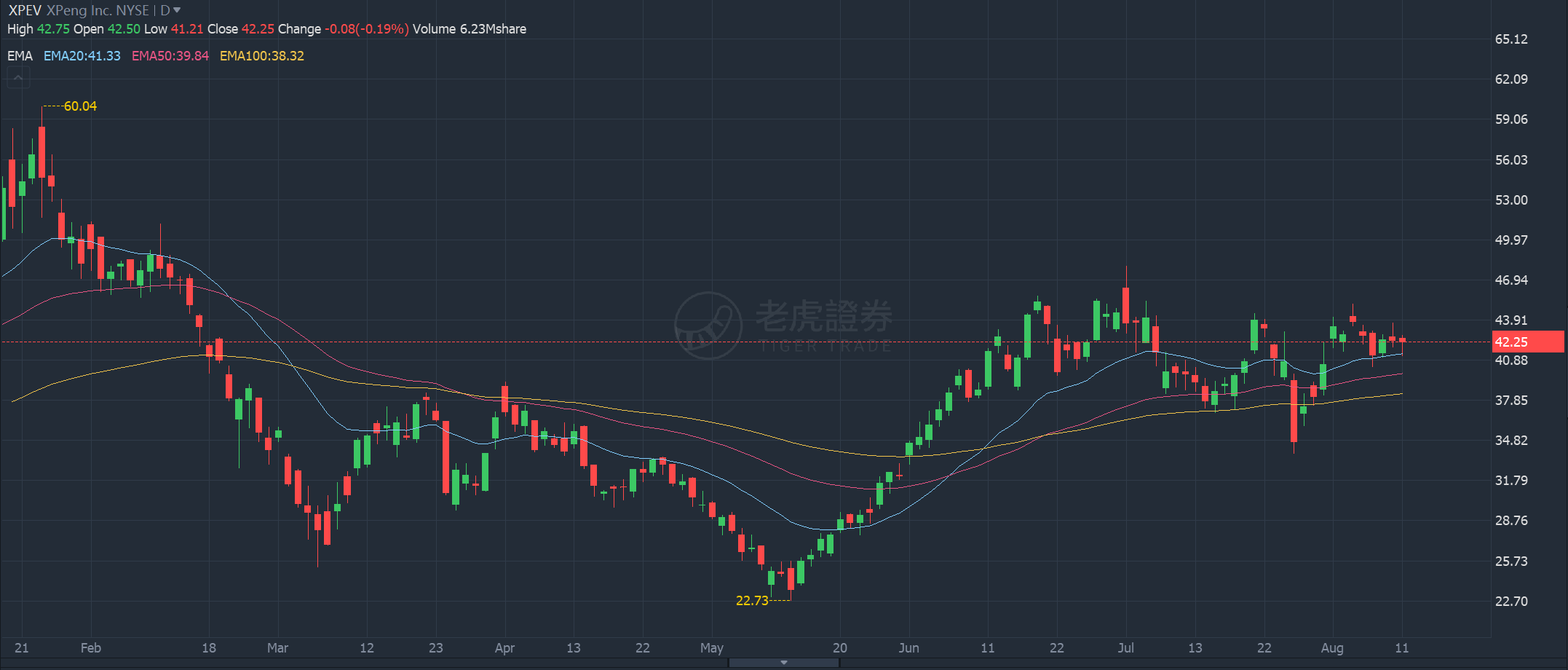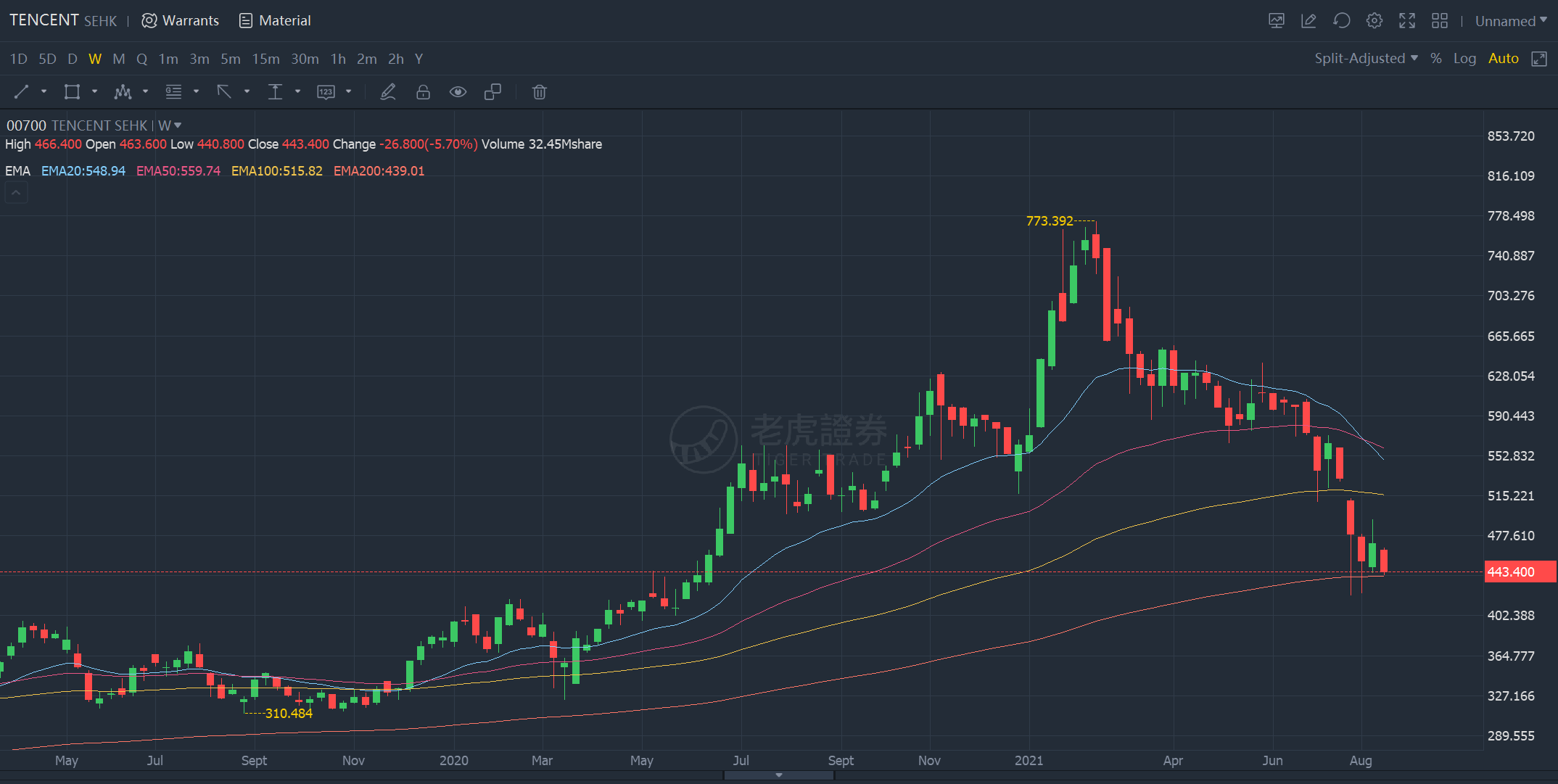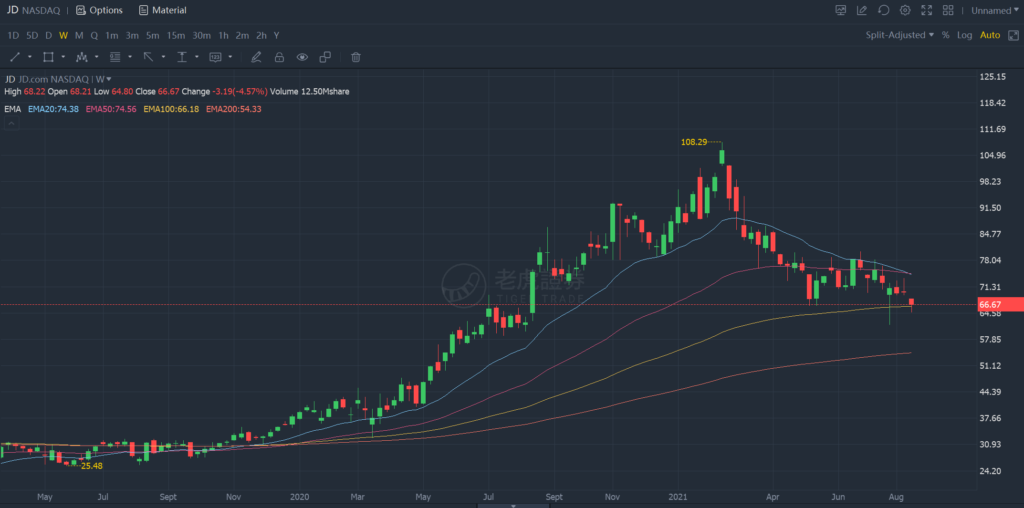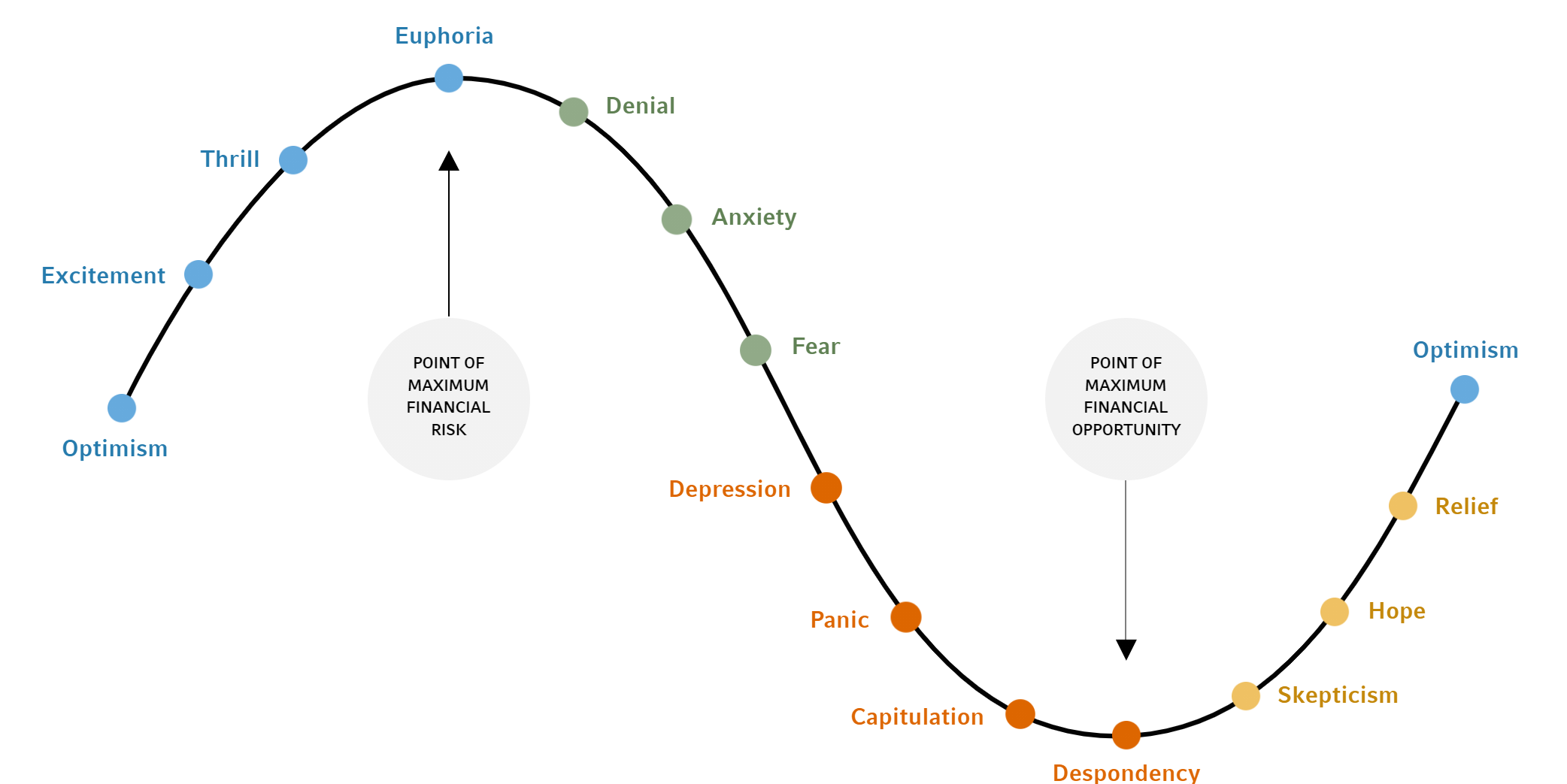执行平均下降投资策略的博弈计划
I wrote about the importance of having the right mental mindset in order to enact a perfect execution strategy in investing.
In this article, we’ll explore a little deeper about devising a game plan on Averaging Down as an investment strategy.
Do note that the focus is primarily on fundamentals first, technical second. As such, as and when we find that there is sufficient value in the company, we will consider purchasing and will use technical to aid our entry and exit positions.
Is Averaging Down an Effective Strategy:
First, you need to have resources or what we often termed it as warchest.
In an ideal world where we have unlimited warchest, that would be nice.
In a real world, many of us have a limited resource.
Our funds are likely to be limited and even so, we want to cap the positions that we have in a particular company or sector to the right amount of allocation.
The second factor that is important to consider is regarding the company’s fundamental and business moat.
We spoke about the permanent loss of capital above and the very last thing we want is to keep adding our funds in a company that is not going to recover.
Technique 1 - The Plain Vanilla Strategy:
I want to start by introducing something that is really simple – the Plain Vanilla Strategy
The Plain Vanilla DCA starts from your initial entry price (whatever it may be), and then slowly works your way down every time the share price hits a certain threshold that you have decided to average down. This can be 10% or 15% or 20% depending on your risk appetite.
It also depends on the availability of resource that we’ve discussed earlier. If you have 3 bullets for this position and you are willing to average down every time the stock is down by 20%, then you can approximately withstand approximately ~40% from your initial position.
For instance, let’s assume you bought Xpeng Inc. $XPeng Inc.(XPEV)$at the peak back in February when it was trading at $60. You bought your initial tranche at $60 and then horror happened over the next few weeks. The stock price continued to drop and soon reached your threshold limit of 20%. So you added another tranche at $48 and still soon after that, the stock continued its downward plunge again. This time, you managed to add your third and final batch at a price of $36.
Now, you’re maxed out and you already have full allocations in this position.
The stock price continued to make low and hit the low of $22.73 in May which you no longer have the resource to continue adding further.
Your overall average price for the position is ($60 + $48 + $36) / 3 = $48.
Technique 2 - The Moving Support Strategy:
The Plain Vanilla DCA is good enough but we want to see if we can improve on the execution range.
In order to do this, we are going to not only randomly set up a range that we are comfortable with (either 10% or 15% or 20%) but we are going to do it systematically with a higher probability of support coming in. We are attempting our best effort to bottom fish through a systematic support in place.
This can be exemplified by introducing the moving average as a support level.
The typical moving average is usually 20 days, 50 days, 100 days and 200 days and personally for myself I like to usually use weekly chart for mid-term investing (depending on your time frame, you may be more comfortable using daily if you are a shorter term investor or monthly chart if you are a much longer term investor).
So I’ll be demonstrating this using Tencent as a case study with 4 rounds of bullets availability.
I’ll attempt to start my initial entry at say $700.
Given the EMA20 and EMA50 are very close to one another since they are converging, I will use that as my next point of averaging, which is on the lower entry at $549.
The next rounds of averaging would be at the EMA100, which is at the $515 level. This is an 26% down from the initial price and 8% down from the previous round.
My last bullet would be at the EMA200 at $439, which is in my opinion the strongest level. You can also see that this EMA200 level was being tested during the previous 2018 crash which Tencent bottomed as well.
Combining all the 4 rounds of activity, the average price would then be ($700 + $549 + $515 + $439) / 4 = $550.
The stock is currently trading on the market at $443 so you are likely still underwater but the fact that you have considered averaging down at important support level nevertheless pushes your average price down to a level which I think is a great price overall in any case.
Technique 3 - Margin of Safety in Focus:
We have the technique 1 and 2 which are already great but we want to execute it even stronger.
We can do this by focusing on the concept of margin of safety on our initial buying price by giving us room to steer across in case the market went into irrational form.
For those who are not familiar with the concept of margin of safety, they are essentially an important principle of investing whereit is trading below the intrinsic value. The larger the margin of error being considered, the higher the margin of safety for an investor.
While most investors don’t put too much value on the initial price, I think it’s a critical component especially if we’re trying to set the scene right when we want to average down at the later stage.
Once we have applied the concept of margin of safety on the initial price, the rest is simply mental transactions knowing that every rounds that we average in gave us an even higher margin of safety. We can then applied using the technique 2 (moving average) to help us do that.
To exemplify, I will use this stock JD.com... listed in the Nasdaq as a case study.
For those of you who have not read my previous intrinsic value piece on JD, you can read it here.
In my article, I computed the intrinsic value of JD based on the information I had at that time to be at $111.
If you had considered the margin of safety, you would want to wait for a little while when the stock usually retrace back at say around $80, which is a 28% discount from the intrinsic value calculated. This would be your initial tranche.
Your next tranche of purchase would be at the EMA20 and EMA50 support level, which is not far from one another, so we’re going to take this as the first round of averaging down.
The next level is at $66 which is your EMA100 level on a weekly chart.
The EMA200 of $54 has so far not yet been breached so you’re currently saving your last bullet for this final support.
In total, you have put in 3 out of the 4 rounds and your average price would be at ($80 + $75 + $66) / 3 = $73.67.
This is exactly what I did, as screenshot below from the purchases I’ve made.
Am I worried? Totally not, I know I am getting at a good level and there is still one more opportunity to average down and if we focus on the fundamentals of the company and the free cash flow that the company generates it is just a matter of time before it will be in green (unless my analysis on JD$JD.com(JD)$ is completely flawed).
Technique 4 - Capitulation on the Play:
The last technique which I wanted to cover is to focus on the capitulation play.
We rarely get this “once or twice in the lifetime opportunity” – a metaphor, but it does exists from time to time.
If you are interested to continue reading this technique (due to limitation of number of words), do head down to www.3foreverfinancialfreedom.com
Conclusion:
I hope the above 4 technique is useful for someone who’s out there in the market thinking when is ever a good time to average down.
Unfortunately, averaging down is always mentally difficult for an investor because you are dealing with something which is going down in nature, throwing in doubts over whether your thesis in the company are flawed or the market is simply mispricing the information.
免责声明:上述内容仅代表发帖人个人观点,不构成本平台的任何投资建议。








666